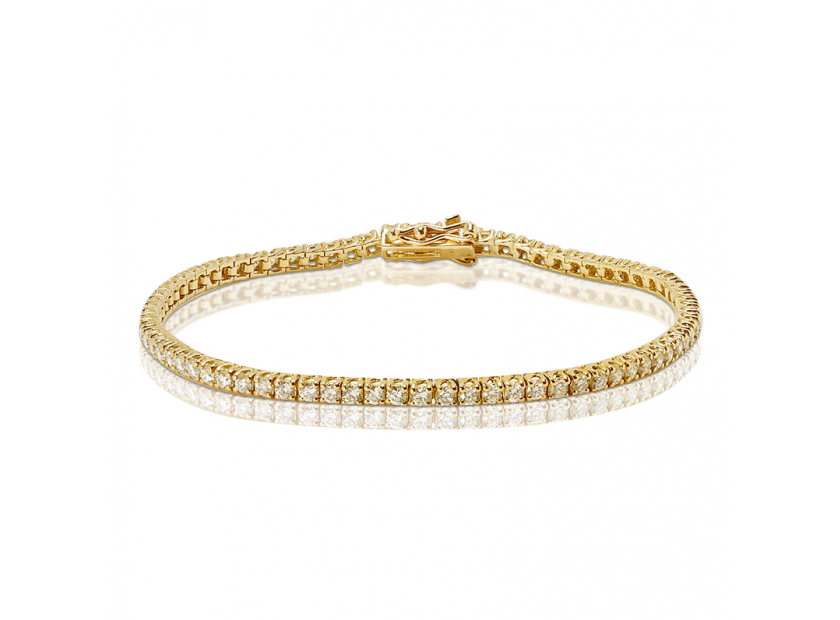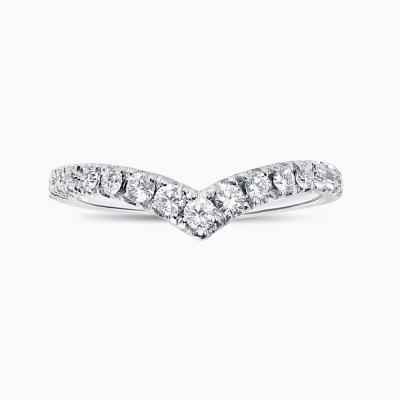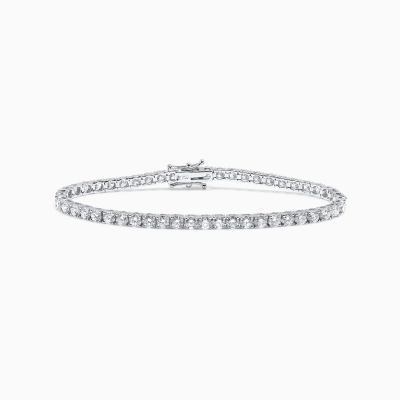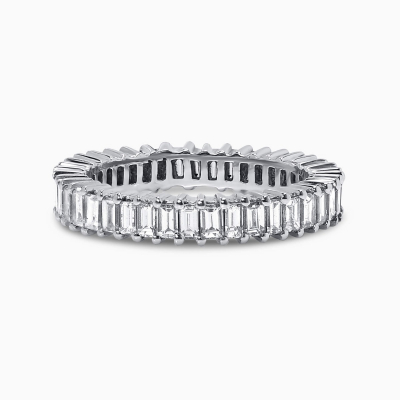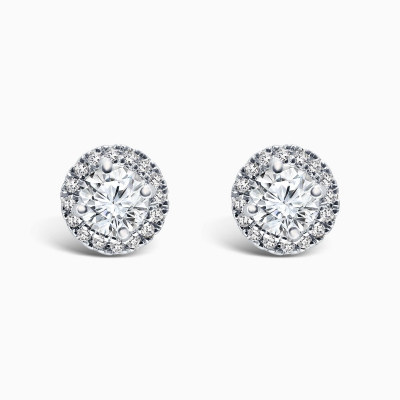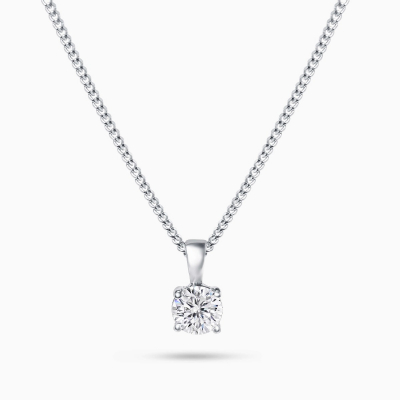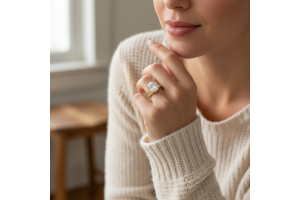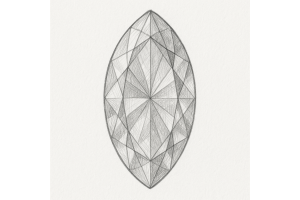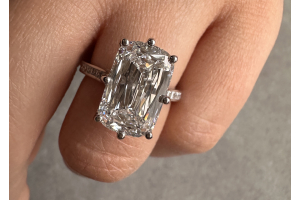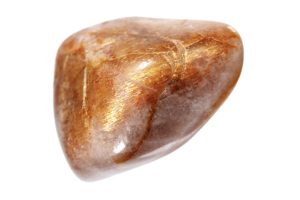USD
/
USD
/
Shipping to:
Currency:
All That You Need To Know About Yellow Gold
Is Yellow Gold better than White Gold?
As gold is a soft metal the higher the karat of the gold within your piece of jewelry, the more easily it will get scratched. Yellow gold can of course be polished, but this does remove a layer of the metal along with the scratches. In contrast, when white gold gets too many scratches, you can always polish them out and have the piece replated with rhodium, restoring the jewelry’s surface layer. Lower karat yellow gold is more durable, but if you are allergic to the nickel in gold alloys, a 10 karat or even a 14 karat piece may not work for you. Both yellow and white gold have their disadvantages, and while white gold fairs slightly better in terms of overall durability, neither is a perfect choice in this respect. This is the main reason as to why you should make your choice primarily based on color.
If you have a diamond of a lower color grade (such as K or L), for example, have it set in yellow gold so that the diamond’s yellowish tint doesn’t stand out as it would in white. In contrast, if your diamond is graded Colorless (D-E-F grades) or Nearly Colorless (G-H-I-J grades), it would be a better idea to have it mounted in white gold, which will add to the stone’s white brilliance. In recent years yellow gold may have taken more of a back seat in popularity to other precious metals such as platinum. However, with the recent engagement of Prince Harry and Meghan Markle and their much talked about trilogy engagement ring set on a yellow gold band, this beautiful metal is set to make a resurgence in 2018. So, let’s take a look at yellow gold with our guide as to all that you need to know about yellow gold:
What is Yellow Gold and how is it created?
Yellow gold is gold in its purest form. The purest yellow gold being 24 karats at 99.9 percent, which is very soft and can be easily dented or scratched, therefore making it too soft to be used in jewelry making on its own. As gold is a highly malleable metal, it is easy to combine it with other metals to make it stronger and durable for the purposes of jewelry making. To make gold more durable it is infused with metals such as silver, copper and zinc in differing proportions to create an alloy which is harder than pure gold. The metals added to yellow gold make it more resistant to scratching and denting as well as adding to the overall appearance. Regardless of which metals are added to the gold alloy, its purity is measured in the same way as the percentage of pure gold to other metals determines the karat value of the gold. For example, nine karat yellow gold contains more silver, copper and zinc than 18 karat gold i.e. nine karat gold generally consists of 37.5% gold, 10.3% silver and 52.2% of other metals e.g. zinc and copper which give jewelry its characteristic yellowish tint. 14 karat yellow gold is generally 58.5% pure gold, 18 karat yellow gold jewelry is generally 75% pure gold and 24 karat gold is 100% pure gold. 14 karat yellow gold jewelry is stronger and usually costs less than 18 karat yellow gold jewelry.
Explore Our Collections
However, 18 karat gold jewelry gives a more luxurious and heavier feel when worn and because you get more gold within an 18 karat gold item of jewelry, this makes it a better investment piece. Of course, the higher the karat value of the piece of jewelry (hence higher percentage of pure gold), the more care needs to be taken in looking after the item as yellow gold can be easily marked and dented. To keep the stunning shine and clarity of your piece of jewelry, yellow gold needs to be regularly shined and polished. The history of Yellow Gold Throughout history yellow gold has been treasured and admired by countless ancient civilizations across the globe, from the Greeks to the Mesopotamians, the Ancient Egyptians Pharaohs to Roman Emperors etc.
Many cultures have imagined gold to represent the sun with its natural coloring and radiance and in fact the Incas referred to gold as the "tears of the Sun." Homer, in the "Iliad" and "Odyssey," makes mention of gold as the glory of the immortals and a sign of wealth among ordinary humans. In Genesis 2:10-12, we learn of the river Pison out of Eden, and "the land of Havilah, where there is gold: and the gold of that land is good?" Yellow gold is a timeless style that evokes opulence and wealth and across the centuries it has been worn in bracelets, rings, earrings, and necklaces, made into crowns, used in art, woven into thread and even inlaid in coffins and death masks.
What are the key benefits of Yellow Gold?
The key benefits of using yellow gold within piece of jewelry are as follows: The warm tone of yellow gold is classic and sumptuous and is very complimentary to warm skin tones Yellow gold looks great with white gold, silver, and platinum Yellow gold will always be popular and maintain value Yellow gold doesn't tarnish 14 karat yellow gold is very popular, less expensive and has a warm look 18 karat yellow gold is more popular globally and more valuable, it is purer and heavier and has rich, buttery tone.
What is the difference between Yellow gold and White Gold?
The key defence between yellow gold and white gold is that white gold is produced when yellow gold is infused with silver, nickel or palladium. The yellow gold used in jewelry is made in the same way, and the difference is only in the mixture of the additional metals used. For example, white gold has more zinc which makes the alloy look whiter than the typical yellow gold alloys which generally contain more nickel. However, even with zinc mixed in, white gold still has a yellowish tint. What makes white gold different is its plating, which is made of rhodium. This is a white metal that is used as a coating in jewelry and is actually the metal that gives white gold its color. Rhodium also makes white gold more durable by covering the softer yellow gold alloy with an additional protective layer.



